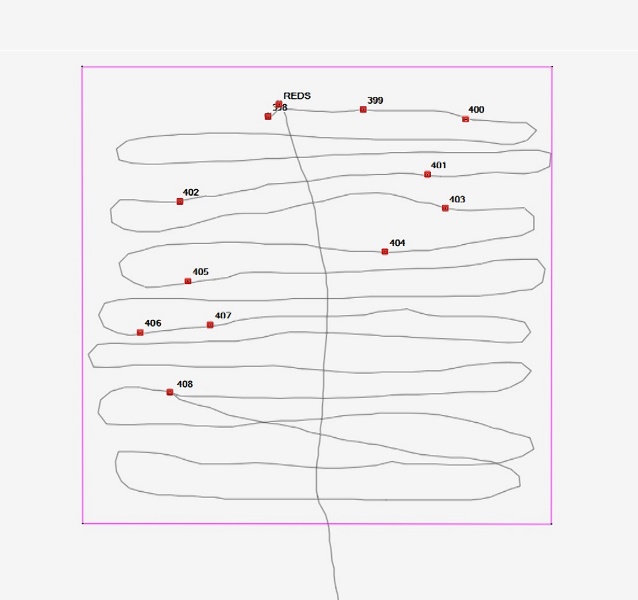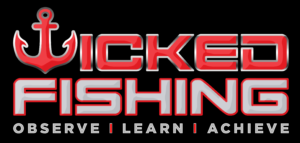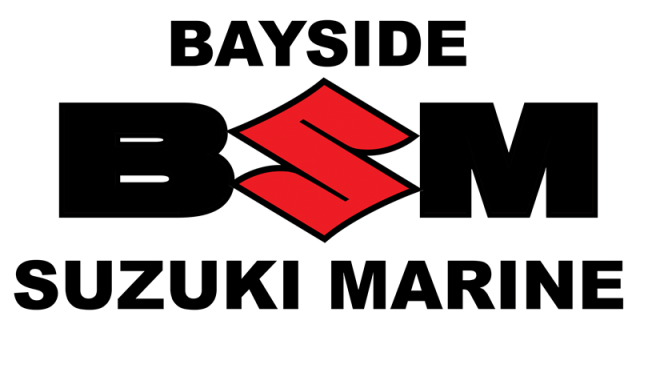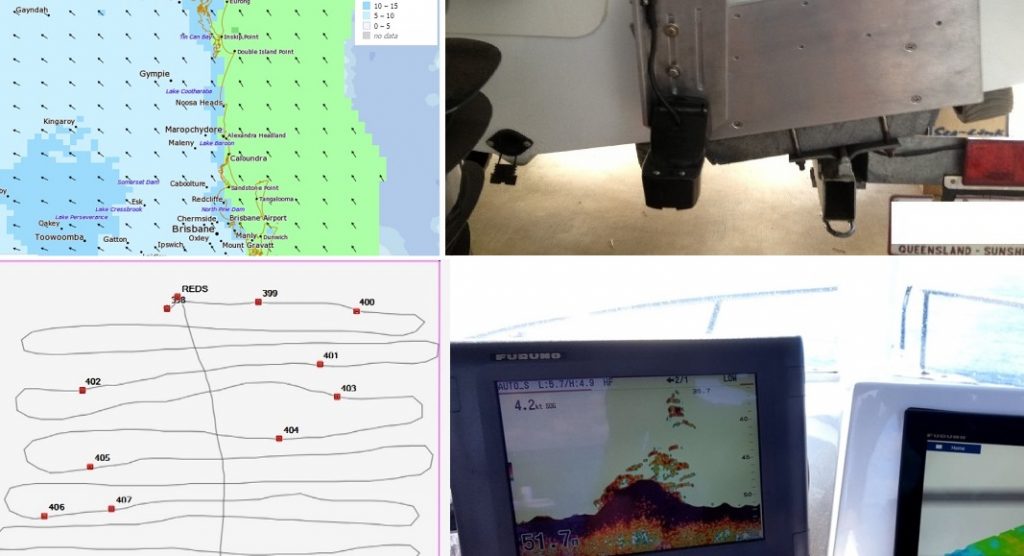
HOW TO IMPROVE YOUR FISHING STEP BY STEP
For many, fishing is not only a hobby but an obsession that consumes all our thoughts, time and money. Naturally a fisherman wants to achieve the best results he or she can. Let’s face it there’s not to many fishos who are happy spending lots of time and money for less than satisfactory results. The problem is, who determines what a satisfactory result is? Well it’s actually your own train of thought that decides this. Unfortunately many factors determine in your mind if your fishing results are good or “that’s it I’m selling everything” which normally means you’ve hit rock bottom.
Fishermen generally have high expectations and a competitive nature but to make this worse they fall into that trap of seeing or hearing the success of others which makes them feel frustrated and somewhat like a failure. You may read magazine articles, watch fishing shows, see reports on social media or speak to a mate that can often give that impression of unbelievable fishing that sounds or looks all too easy. The truth is this is often not the case and that person has also been through the slow periods and put in extreme amounts of time to get the results. My point of the story is that fisherman take way too much notice of others and this effect’s the ability to improve on their own fishing and more importantly enjoy the hobby of fishing. You don’t have to ignore what’s going on around you but more so use the information to your advantage and concentrate on improving your own fishing without worrying about how good everyone’s catches are compared to yours.
So now that we have cleared that up let’s talk about the million dollar question that everyone asks. How does one learn to catch more fish? There’s no simple answer to this question but let me run through some aspects that will not only improve your fishing but give that all important consistency everyone wants.
Planning and Preparation: If you’re like me and have work/family commitments which can limit your time on the water then plan your trips in advance and be prepared, this will ensure you make the most of your trips. Planning can consist of many factors such an area to fish or species to target. Certain areas can fish better depending on the season and this often works in with the species you target as well. Many species of fish migrate to areas during different seasons or moon phases so it’s extremely important we target these fish accordingly to limit the frustration of poor results. I’ve always been a huge advocate of learning species habitat to help with your fishing. This can be achieved by reading magazines and social media posts, watching fishing shows, attending fishing talks and courses or even by searching the internet which can quickly give you loads of useful information. Better still, start keeping a simple diary of your own experiences as this will set you up for future trips and be far more accurate than any other info you read or have been told about.
Before a trip, have a simple plan of how and what you will do. Things such as areas to fish, what species to target, new areas to search in, baits and rigs are just some of the important things to think about prior to a trip. Also be prepared to have a backup plan as fishing being fishing will often see your plans turned upside down so a backup plan can see you make those changes quickly and effectively with minimal time wasted.
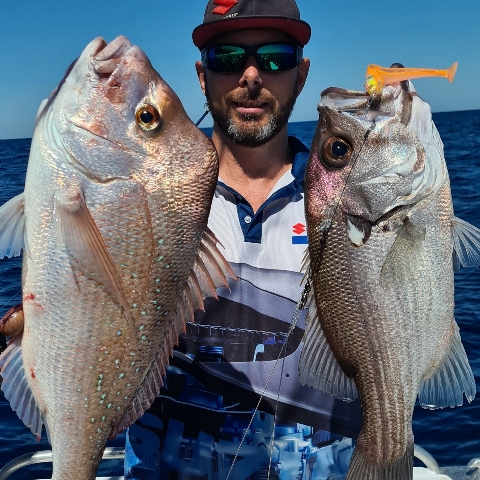
Now obviously all this is only possible when the weather conditions allow which unfortunately isn’t all that often. The weather determines where I fish along the QLD coastline and can also control the areas I fish in these locations as well. As anyone knows picking the weather is no easy feat and over the years I have used many different methods and websites to try and make the right call. If the highly educated professionals can’t get it right then what chance have we got. All we can do is listen, learn and hopefully with a bit of pure ass we get it right. For me personally I find the most useful weather information to be the Bureau of Meteorology’s METEYE. http://www.bom.gov.au/australia/meteye/ These maps give a good indication of wind direction and speed for the whole of Australia and more importantly you can zoom in to see the areas you wish to fish. It gives a long range 7 day forecast and 3 hour predictions for the coming 3 days as well which is very handy. With the QLD coastline being such a large area, weather conditions can vary dramatically from location to location so these wind maps give some great insight to help make the right decision.

Sounder/Transducer Setup: Without a doubt one of the most important elements to fishing is the sounder/transducer setup. To simply put it, I wouldn’t bother fishing if I didn’t have this element right. The ability to have a correct functioning sounder is essential for successful fishing and so too understanding what you see on it. Whilst understanding what you see is important I believe the ability to get clear sounder readings at all speeds to be the first element to get right. Then the understanding will come with time and experience after that.
There’s two elements to get right here, sounder settings and transducer setup. How do you get these right you ask? Well to be honest the best form of advice actually comes with your sounder. It’s called a “user manual” and unfortunately very few people actually read them. All the information of every function and setting is listed which will give you a much better understanding of your sounder unit and the changes required to give you maximum performance from your electronics. Spend some time adjusting various settings while on the water and you will soon see what works best for your setup. If you still can’t get this right or would like to further your knowledge, then get the help from highly experienced people who offer sounder tuning/tuition.
Transducer location/position can be pretty tricky and will normally need adjusting once or several times to get right. Hull shapes/types can differ a lot so naturally following the recommendation from the owner’s manual may not see the best possible results. Transom mount transducers often give the most trouble and often creates a few different problems that affect readings. One is the air that travels under the hull and over the transducer face which causes breaks in your readings or no reading at all. The other is the turbulence and noise created at the back of boat which unfortunately more often than not can’t be resolved. This turbulence along with engine noise creates acoustic sound which your transducer picks up and displays as interference/noise in your sounder images. Getting clean water flow over the transducer face is essential for good readings but in most cases it’s easier said than done. Spend the time trying the transducer in different locations and heights to see where it’s best suited on your boat. I would recommend mounting a temporary plate or bracket so you can try the transducer in many positions and once you find the sweet spot, mount it permanently in that position. For minimal air, turbulence and outboard noise interference I would highly recommend “thru hull” transducers and in particular at the bottom of the keel. This location ensures the transducer face is getting the cleanest possible water giving you the best chance of superior sounder readings. My 7 mtr Riptide has 3 thru hull transducers located in the keel forward of the transom and it gives excellent readings in all conditions and speeds. My smaller 5 mtr centre console tinny has transom mount transducers and after many position chances I’ve improved the readings dramatically but its still far from perfect and will always suffer from the turbulence and engine noise due to the tranny location.
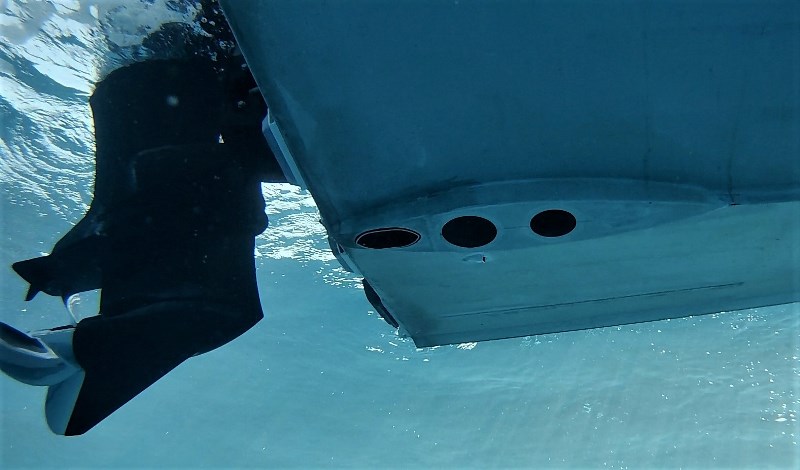

Time on the water: Time on the water is extremely important as it gives fishermen time to learn and gain valuable knowledge. If your trips are limited then be sure to make the most of it by putting in the maximum amount hours on the water. If it’s a day trip then put in a full day. Don’t come home at lunch time because the fishing has gone quiet. This is the perfect time to go looking for new ground or try different techniques. There’s a high chance you will find some new spots and some of these could turn out to be some of the best marks you have. Think of your future trips and how a little extra effort and time every trip could potentially turn your fishing around and give consistent results trip after trip. Ever heard that saying “do the miles get the smiles”? Well it’s very true and the one aspect of my fishing which gives me the success time and time again. Don’t get me wrong, many times I feel like giving up but in my head I know the one thing that has got me the results time and time again is that I didn’t give up and kept searching and doing what I know. It only takes one spot to go from zero to hero with some quality fish so keep that in mind and never ever give up.
Regards,
Greg Lamprecht
